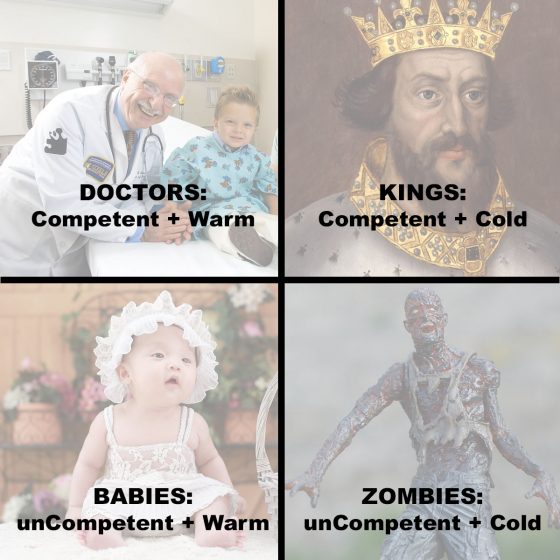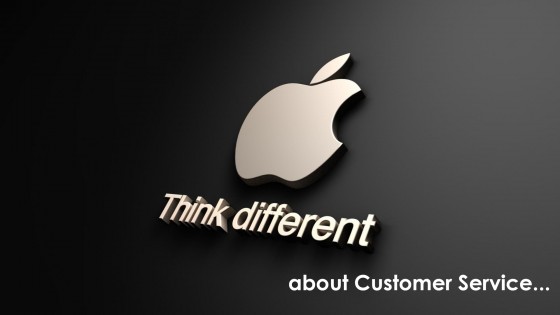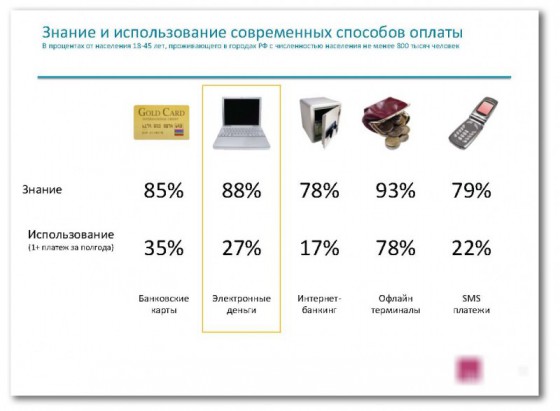
I have taught children, teens, and adults for many years. And I am noticing a trend — as a people, in the name of a more just society, we try to make our definitions ever more expansive. Sounds like great thing, right? But consider this. Decades ago, children diagnosed as autistic were few and their symptoms had to be severe to get this diagnosis. Now we have an autistic spectrum. More and more children and adults get placed on this spectrum. We seem to want to catch as many autistic individuals as we can by expanding the definition of what it means to be on the spectrum. We are being ever more expansive in the name of justice. But shouldn’t we be expanding the spectrum the other way instead? Perhaps it is better to be more inclusive in our definition of what it means to be on the “normal” spectrum. We are all different. We all have a grab bag or positives and negatives. And that’s a good thing. It takes all of our differences to create a great society. So we can treat ADHD kids as different from “normals” or we can think of them as us. Dividing children…






